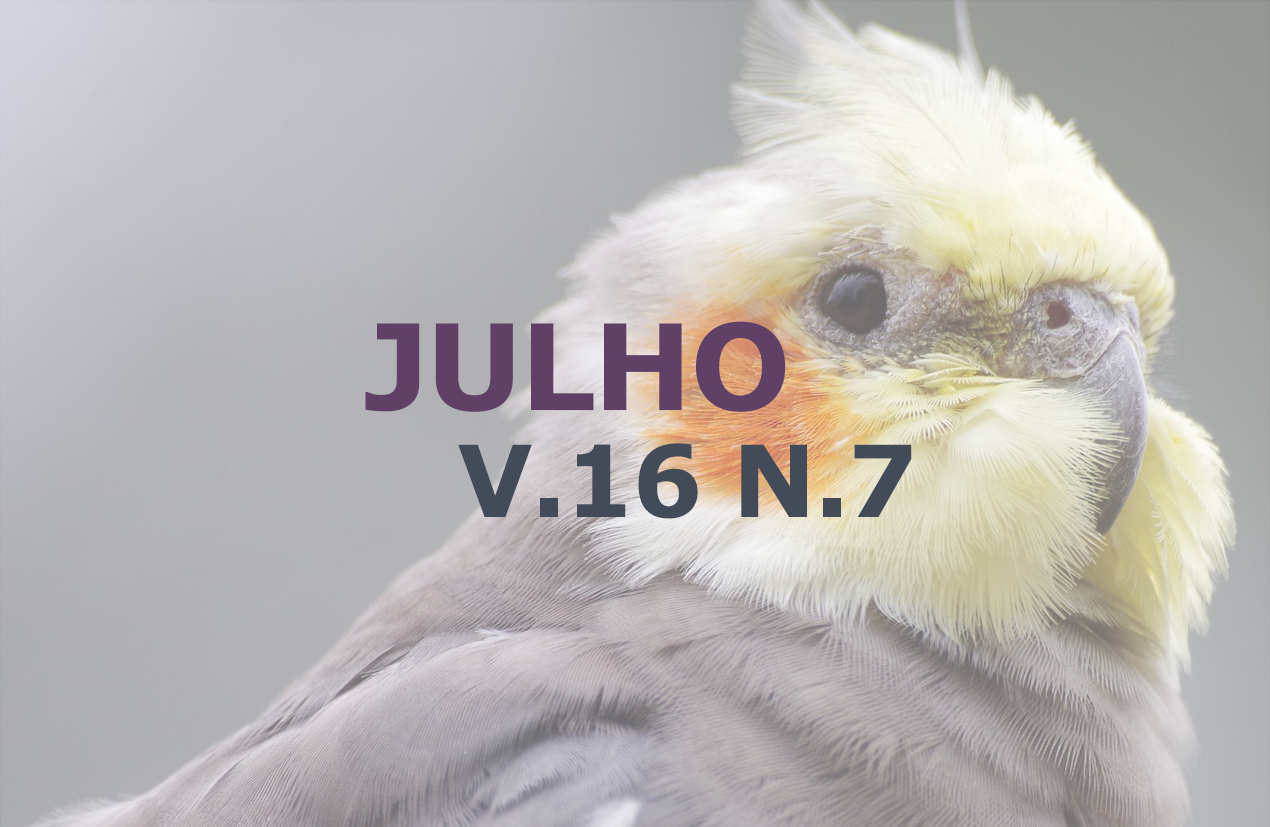Virtopsy as a complement to traditional necropsy in veterinary forensic medicine
DOI:
https://doi.org/10.31533/pubvet.v16n07a1161.1-13Keywords:
Veterinary forensic medicine, forensic veterinary pathology, animal law, postmortem diagnosisAbstract
Forensic Veterinary Medicine is growing due to scientific, social and legislative developments. In this science, the elucidation of the cause of death is very important, and the traditional necropsy examination is the main tool that is used to achieve this purpose. Virtopsy is a new technique in which the necropsy is performed involving non-invasive methods, using image capture equipment such as X-ray imaging systems, CT/MRI scanning, with or without contrast injections. The traditional necropsy and the virtopsy are tools for judicial support, being used of forensic purpose to support crimes evidences. Therefore, this study aims to discuss the use of virtopsy as a complement to traditional necropsy, through a scoping review of the literature, using the keywords: Veterinary Forensic Medicine, Forensic Veterinary Pathology, Animal Law, Necropsy, Virtopsy and Postmortem Diagnosis; in reference databases such SciELO.org, Google Academic, Academia.Edu, BVS-VET and USP Repository, in the last 10 years, in Portuguese, English and Spanish languages. Approximately 50% of 90 publications found, were cited in this research. Studies have shown that the virtopsy and the traditional necropsy provide different results, thus evidencing that both can complement each other when used together. The association of these findings collaborates to improve the elucidation of causes of death and post-mortem identification injuries. The cadaveric study provided by virtopsy is very important and promising alternative diagnostic support, however, it is a relatively new science so its applications and limitations are still being discovered, however, in the coming years, virtopsy can be considered as a promising research field.
Downloads
Published
Issue
Section
License
Copyright (c) 2022 Karine Aparecida Spuri Batista, Patrícia Franciscone Mendes

This work is licensed under a Creative Commons Attribution 4.0 International License.
Você tem o direito de:
Compartilhar — copiar e redistribuir o material em qualquer suporte ou formato
Adaptar — remixar, transformar, e criar a partir do material para qualquer fim, mesmo que comercial.
O licenciante não pode revogar estes direitos desde que você respeite os termos da licença. De acordo com os termos seguintes:
Atribuição
— Você deve dar o crédito apropriado, prover um link para a licença e indicar se mudanças foram feitas. Você deve fazê-lo em qualquer circunstância razoável, mas de nenhuma maneira que sugira que o licenciante apoia você ou o seu uso. Sem restrições adicionais
— Você não pode aplicar termos jurídicos ou medidas de caráter tecnológico que restrinjam legalmente outros de fazerem algo que a licença permita.





